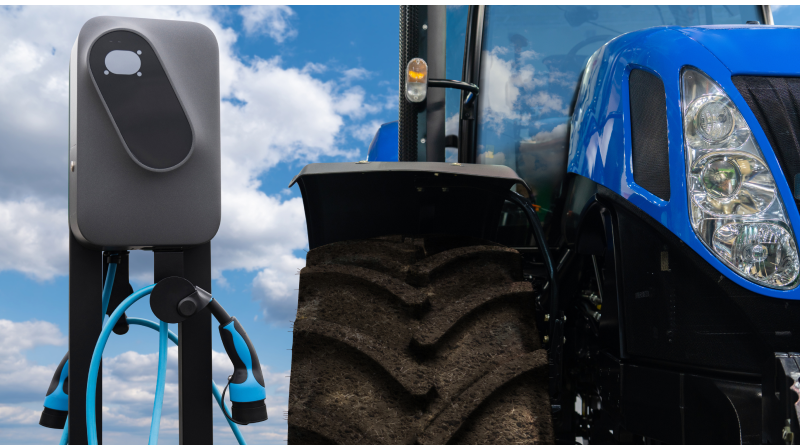Kenworth vs Peterbilt: Ultimate semi-truck comparisons

For decades, the Kenworth vs Peterbilt debate has been one of the most discussed topics in the trucking industry. Both brands are icons of the road, known for their reliability, performance, and loyal followings. Whether you’re an owner-operator investing in a single showpiece rig or a fleet manager looking to maximize efficiency across dozens of units, chances are you’ve weighed the pros and cons of these two PACCAR heavyweights.
Quick answer
Kenworth and Peterbilt are both premium semi-truck brands under PACCAR, sharing many components — including the PACCAR MX-13 and Cummins X15 engines — but they cater to slightly different priorities. Kenworth often leads in aerodynamics and total cost of ownership, making it a strong choice for fleets and fuel-focused operators. Peterbilt is known for its luxury interiors, customization, and strong resale value, appealing to many owner-operators. The right choice comes down to your route profile, uptime needs, and how much you value cab comfort vs operating efficiency.
Key takeaways when comparing Kenworth to Peterbilt
- Same Parent Company: Both are PACCAR brands with overlapping engine and transmission options.
- Model Matchups Matter:
- Kenworth T680 vs Peterbilt 579 — aero-focused workhorses, close on fuel economy, with minor differences in cab layout and resale value.
- Kenworth W900 vs Peterbilt 389 — iconic long-hood classics where style, customization, and heritage drive decisions.
- Different Buyer Profiles: Fleets often lean Kenworth for TCO; owner-operators frequently choose Peterbilt for resale and interior quality.
- Dealer Networks: Both benefit from PACCAR’s strong service footprint; proximity to a dealer should factor into your decision.
- Technology & Safety: Advanced driver-assistance systems, predictive cruise, and aerodynamic kits are available on both, with spec choices affecting results.
Brand Snapshots
Kenworth
Founded in 1923 and headquartered in Kirkland, Washington, Kenworth has built a reputation for innovative design and aerodynamic efficiency. Its modern flagship, the T680, is engineered for long-haul fuel savings with features like predictive cruise control and optimized airflow designs. Kenworth also appeals to vocational buyers with models like the T880 and the long-running W900. The brand’s dealer network is extensive across North America, a critical factor for minimizing downtime.
Peterbilt
Launched in 1939 and based in Denton, Texas, Peterbilt positions itself as a premium, driver-focused brand. Known for its high-quality interiors, attention to fit and finish, and strong resale values, Peterbilt’s model lineup includes the aerodynamic 579 and the classic 389. Owner-operators are drawn to its customization options and prestige on the road, while fleets often appreciate the reliability and support that comes from sharing PACCAR’s parts and service network.
Both brands use PACCAR’s MX-13 engine as a common platform, with the Cummins X15 available for higher horsepower or specialized applications. Transmissions typically include PACCAR’s 12-speed automated or Eaton options, giving buyers similar drivetrain flexibility regardless of badge.
Kenworth T680 vs Peterbilt 579
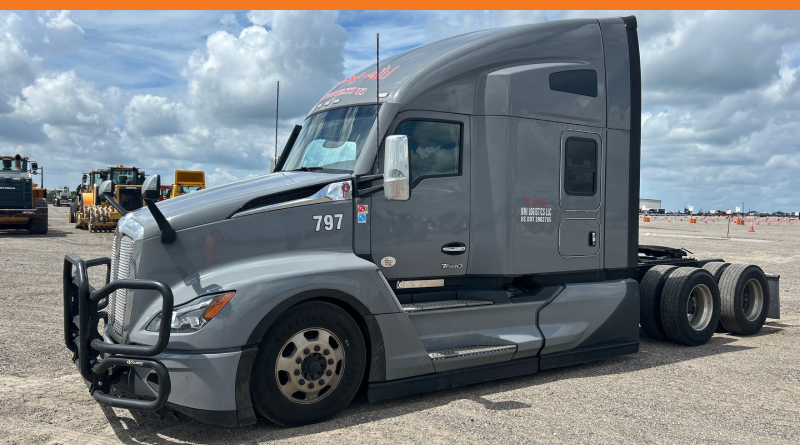
When comparing the Kenworth T680 vs Peterbilt 579, the similarities are just as important as the differences. Both trucks are aerodynamic, fuel-focused models designed for line-haul operations, and both can be spec’d with the PACCAR MX-13 or Cummins X15 engine, plus PACCAR’s 12-speed automated or Eaton manual/automated gearboxes.
Where they differ is in aerodynamic execution and cab environment:
- Kenworth T680 — known for its precision-tuned airflow, predictive cruise control, and driver assistance options that can help eke out incremental fuel savings over long highway runs.
- Peterbilt 579 — equally aerodynamic but often chosen for its more refined interior finishes and driver-friendly ergonomics, especially in premium trim packages.
From a resale standpoint, many markets see the 579 command a slight premium over the T680, although the gap can narrow with fleet-spec models. Fleets often lean toward the T680 for its strong TCO profile, while owner-operators who want a comfortable, personalized space lean toward the 579.
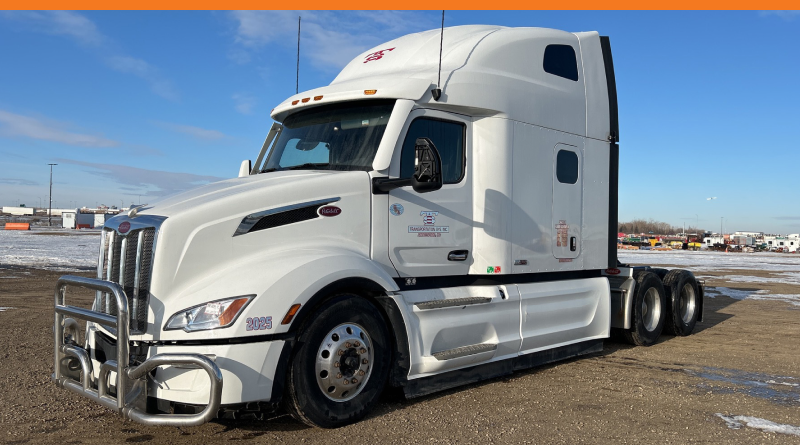
Kenworth W900 vs Peterbilt 389
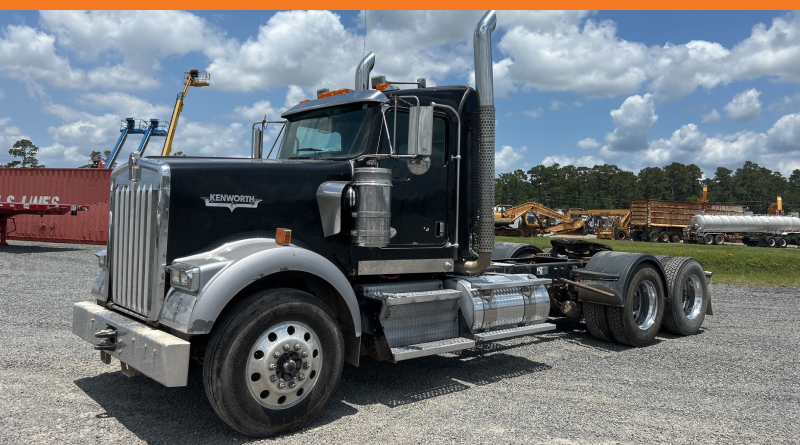
The Kenworth W900 vs Peterbilt 389 matchup is less about fuel economy and more about heritage, style, and customization. Both are long-hood classics with strong visual presence and loyal followings, especially among heavy-haul and show-truck enthusiasts.
- Kenworth W900 — Celebrated for its unmistakable long-hood profile and customizable spec sheets, the W900 remains a favorite for drivers who value tradition and durability. For a deeper dive into current pricing, configurations, and market comparisons, see our Kenworth W900 pricing and features guide.
- Peterbilt 389 — Offers the same long-hood stance but blends it with modern amenities, a slightly more aerodynamic profile than the W900, and a premium interior design. Its strong resale value mirrors that of its predecessor, the legendary 379. If you’re interested in how that heritage model holds its worth, check out our Peterbilt 379 value and features overview.
Buyers choosing between these two often prioritize personal style and brand loyalty over pure efficiency metrics. Both are highly customizable, and the decision frequently comes down to which dealer network you trust for support and how you want your truck to represent you on the road.
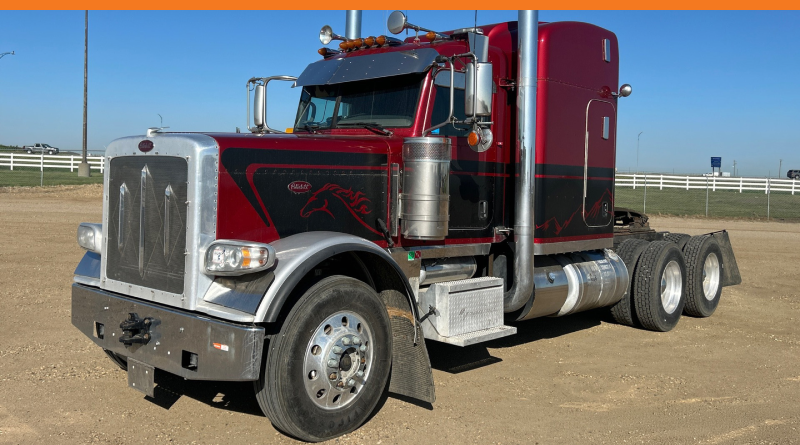
Total Cost of Ownership (TCO)
When comparing Kenworth vs Peterbilt on total cost of ownership, the conversation usually centers on fuel economy, maintenance costs, downtime, and resale value.
- Fuel Economy: On paper, the Kenworth T680 and Peterbilt 579 are almost identical in aero performance when spec’d similarly. Kenworth has historically leaned harder into aerodynamic enhancements and predictive cruise settings, giving it a slight edge in some fleet tests. However, differences are often marginal and can be outweighed by driver behavior, load type, and route.
- Maintenance & Downtime: Because both brands share many PACCAR components and dealer tools, maintenance intervals and part availability are similar. That said, local dealer proximity can have a bigger effect on uptime than the brand name.
- Resale Value: Peterbilt models, especially heritage series like the 389, tend to hold a resale premium in many markets. This is often driven by brand prestige, customization appeal, and strong owner-operator demand. The Kenworth W900 also performs well in resale value, especially with low mileage and desirable specs.
- Depreciation: Aero models like the T680 and 579 generally see faster depreciation than long-hood classics, but they offset this with lower running costs over their lifespan.
Driver comfort & cab experience
For long-haul operators, comfort can be as important as torque ratings.
- Kenworth: Cab layouts are designed with practical ergonomics in mind — simple, functional dashboards, quiet cabins, and spacious sleepers in the T680. Seats are designed to minimize fatigue, and storage options are logical for drivers who live in their trucks for days at a time.
- Peterbilt: Known for premium interiors, with soft-touch materials, customizable trim options, and high attention to detail in fit and finish. The 579 and 389 often offer a slightly more upscale feel, making them popular with drivers who want a “show truck” level of comfort.
- Sleeper Options: Both brands offer multiple sleeper configurations, including high-roof designs, with Peterbilt often edging ahead in perceived luxury and Kenworth focusing on maximizing usable space.
Powertrains, performance and dealer support
Both brands share PACCAR’s flagship MX-13 engine, delivering up to 510 hp, and also offer the Cummins X15 for those needing up to 605 hp for heavy-haul or steep-grade routes. Transmission choices include PACCAR’s 12-speed automated and Eaton manual/automated gearboxes.
- Kenworth: Often optimized for fuel efficiency in line-haul configurations, with gearing and aero packages to match.
- Peterbilt: While also efficient, more owner-operator buyers choose higher-horsepower Cummins specs for performance and pulling power over pure mpg.
Both benefit from PACCAR’s extensive dealer and service network. The deciding factor is often which dealer is closer to your primary routes and how quickly they can source parts for your specific model and year. Warranty coverage is comparable, with both brands offering extended service packages.
Sustainability and future-proofing
Kenworth has been proactive in piloting hydrogen fuel cell trucks and battery-electric T680 models. Peterbilt is also active in the zero-emission space, with electric versions of the 579 and 220. Buyers looking for long-term compliance with future emissions regulations should consider these developments when planning their next purchase.
FAQ (People also ask)
- Are Kenworth and Peterbilt the same company?
Yes. Both are owned by PACCAR Inc and share engines, transmissions, and many components, but they’re marketed as separate brands with distinct styling, interior design, and target customers. - Which holds value better, Kenworth or Peterbilt?
Peterbilt models — especially the 389 — often have a slight resale advantage due to brand prestige and owner-operator demand. Kenworth’s W900 also performs well in resale, particularly with desirable specs. - Do Kenworth and Peterbilt use the same engines?
Yes. Both offer the PACCAR MX-13 for fuel efficiency and the Cummins X15 for high-horsepower applications. - Which is more fuel-efficient for long-haul trucking?
They’re nearly identical when spec’d the same. Efficiency depends more on engine choice, aerodynamics, driver habits, and route type than brand.
Conclusion – choosing the right truck for your needs
When it comes to Kenworth vs Peterbilt, there’s no universal winner — only the truck that’s right for your specific operation. If you prioritize aerodynamic efficiency, strong TCO, and a workhorse that fits seamlessly into a fleet, Kenworth often comes out ahead. If you’re an owner-operator who values premium comfort, resale value, and brand prestige, Peterbilt remains a top contender.
No matter which brand you lean toward, the best choice will always be one that’s spec’d to your routes, payloads, and business goals. That’s why it pays to explore what’s available on the market today, compare real-world pricing, and factor in local dealer support.
At Ritchie Bros. we make that process easier. Our inventory includes a wide range of truck tractors, semi-trucks, and specialty models from both Kenworth and Peterbilt — from aerodynamic long-haulers to classic long-hoods. Whether you’re expanding your fleet or upgrading your daily driver, you can browse, compare, and bid on trucks that match your exact needs, all in one place.
 |
How Ritchie Bros. delivers global scale for your assets |





